Painting your home’s exterior boosts curb appeal and provides essential protection from the elements, especially before winter. While many homeowners think spring and summer are the best times for this project, fall can offer ideal conditions with milder temperatures, lower humidity, and fewer environmental challenges.
At A.G. Williams, we know the local climate in Westchester, Putnam, and Fairfield counties varies greatly, and we tailor each exterior paint job to meet the specific needs of your home and location.
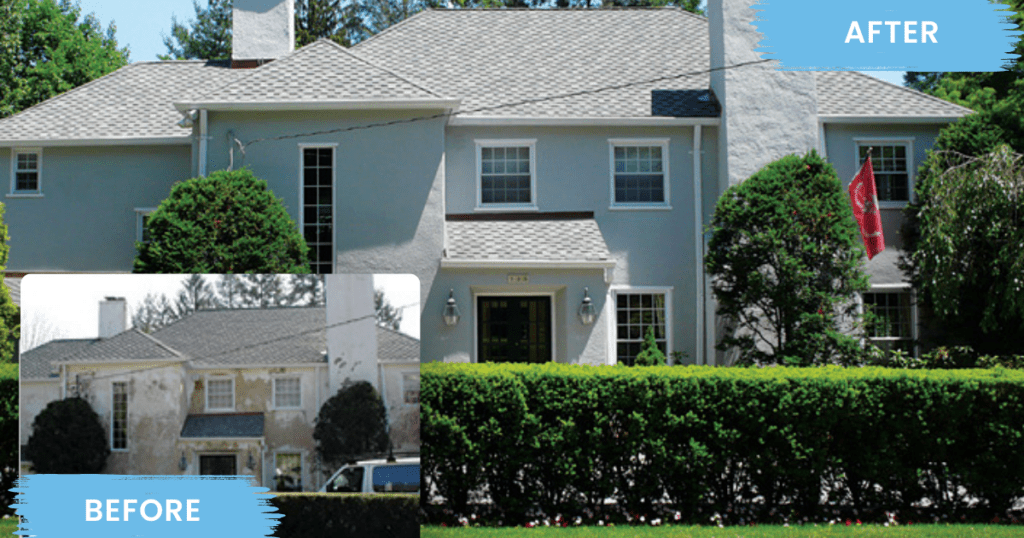
Understanding the Ideal Painting Conditions
Newer high-performance paints are designed to be applied even when surface temperatures are just above freezing, allowing you to extend your painting project later into the season without sacrificing quality. These advanced coatings ensure excellent adhesion and a professional, durable finish, even as temperatures drop, reducing the risks of cracking or poor performance.
However, in addition to the implications of seasonality and weather, your location plays a key role in determining the best time to paint. In coastal towns like Darien, Greenwich, Westport, and Norwalk in Fairfield County, and Mamaroneck or Larchmont in Westchester County, homes face fluctuating temperatures and higher humidity due to their proximity to water. Fall provides a stable window to paint, as the cooler, drier conditions offer relief from summer’s humidity and ocean spray, creating an ideal environment to complete your project before winter brings moisture and wind.
On the other hand, landlocked towns such as New Canaan, Bedford, and Wilton in Fairfield County, and Pelham, Scarsdale, and Chappaqua in Westchester County, benefit from more predictable, stable weather. This allows for an extended painting window, often into late fall or even early winter. These areas tend to be at higher altitudes, which can lead to cooler temperatures earlier in the season but come with the advantage of lower humidity levels compared to coastal regions.
In coastal areas, the warmer temperatures near sea level allow painting to continue later into the season, while inland areas may cool off sooner, but experience fewer humidity-related challenges. No matter where you live, A.G. Williams expertly navigates these regional variations to deliver a flawless finish, ensuring your home looks beautiful and is well-protected.
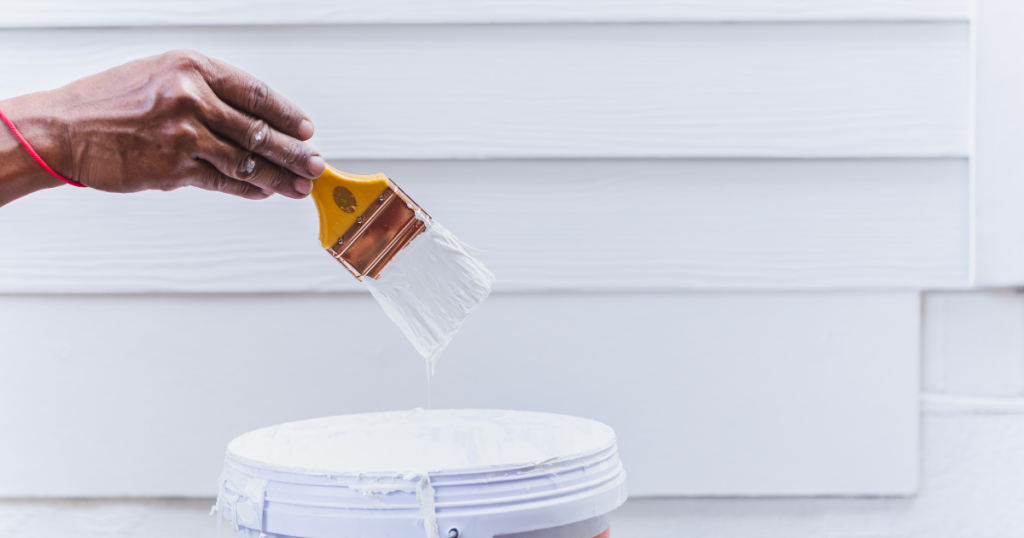
Seasonal Benefits of Painting in the Fall
No matter where your home is located, A.G. Williams can ensure a beautiful, long-lasting paint job. Thanks to newer high-performance paints that can be applied even when temperatures are just above freezing, we can extend your project timeline well into the late season while delivering exceptional results. Whether your home is in a coastal town like Darien, Greenwich, Westport, or Norwalk, or in a landlocked area like New Canaan, Bedford, or Wilton, we have the expertise to tailor our approach to your environment.
Coastal towns benefit from fall’s relief from summer humidity and ocean spray, providing the perfect window for a fresh coat of paint before winter sets in. The warmer temperatures near the water give us ample time to complete projects while still achieving a flawless finish.
In landlocked areas such as Pelham, Scarsdale, or Chappaqua, more stable, predictable weather conditions allow for an extended painting window into late fall or early winter. These towns may cool off sooner but are less impacted by humidity, which helps create an ideal environment for paint adhesion and curing.
Wherever you are, A.G. Williams leverages local climate conditions to deliver a beautiful, professional finish, ensuring your home looks stunning all year round. If you have further questions, check out Sherwin-Williams’ guide on exterior painting for optimal conditions.
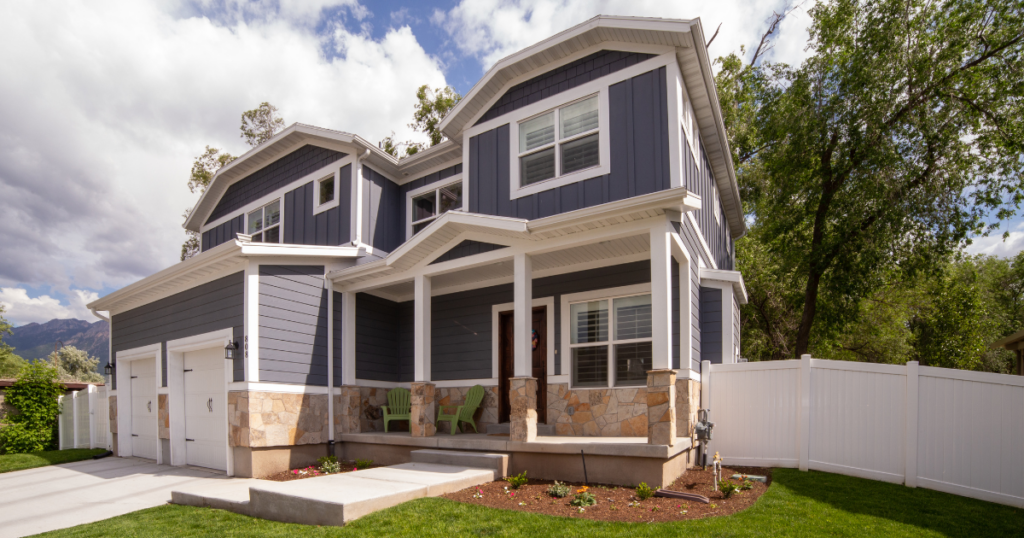
How Late in the Year Can You Paint?
Many homeowners wonder how late into the year they can paint their exterior, and the good news is that there are great opportunities throughout much of the year. In years with milder temperatures, we’ve seen painting projects extend into late November or early December. When choosing a professional contractor, they’ll keep an eye on these conditions and only paint when it’s ideal. That’s why we offer a warranty on our projects.
For those in coastal areas, summer and early fall are excellent times to paint, taking advantage of warmer temperatures and lower humidity. These areas may see fluctuations in weather as winter approaches, but starting a project in the warmer months ensures a beautifully finished exterior before the colder season arrives.
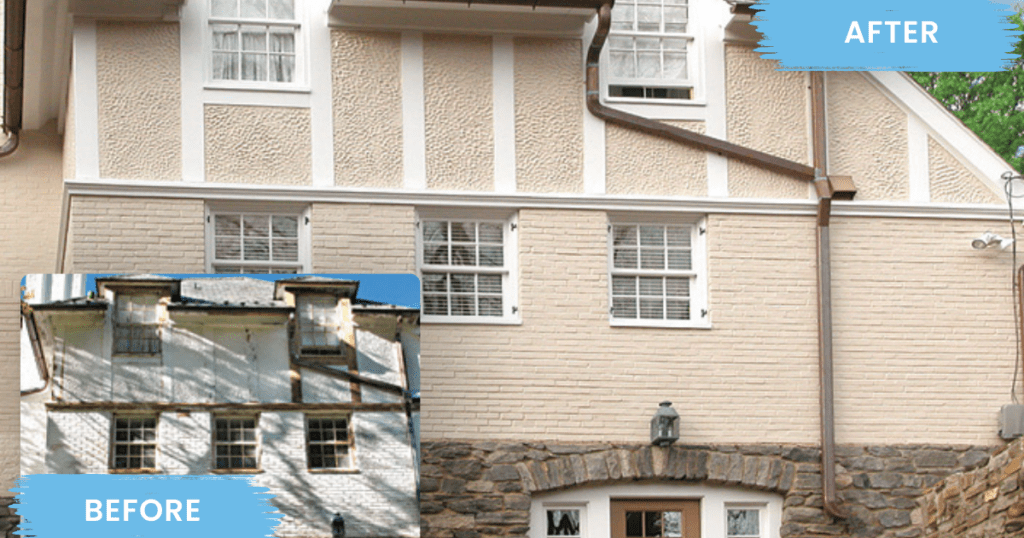
Risks of Waiting Too Long:
Delaying painting increases the risk of exposure to moisture and freezing temperatures, which can compromise paint adhesion. Coastal homes are particularly vulnerable to salt air and harsh winds, making it essential to paint before these conditions arise. Waiting too long can lead to peeling, cracking, and other damage that will require more expensive repairs in the future.
Signs It’s Time to Repaint
To maintain your home’s protection and appearance, it’s important to know when to repaint. Here are key signs that your home’s exterior needs attention:
- Cracking or Peeling Paint: When paint starts to crack or peel, the underlying material is exposed to the elements, increasing the risk of damage.
- Brittle Caulking: If caulking around windows and doors becomes brittle or cracked, it no longer provides a proper seal, allowing moisture to enter and cause damage.
- Fading or Discoloration: Over time, sun and weather exposure cause paint to fade or discolor, indicating the protective layer is wearing thin and needs to be refreshed.
- Surface Damage like Wood Rot: If you notice wood rot or other damage, it’s a clear sign that repairs and a new paint job are necessary to prevent further deterioration.
Addressing these signs promptly can help you avoid more costly repairs and ensure your home remains protected.
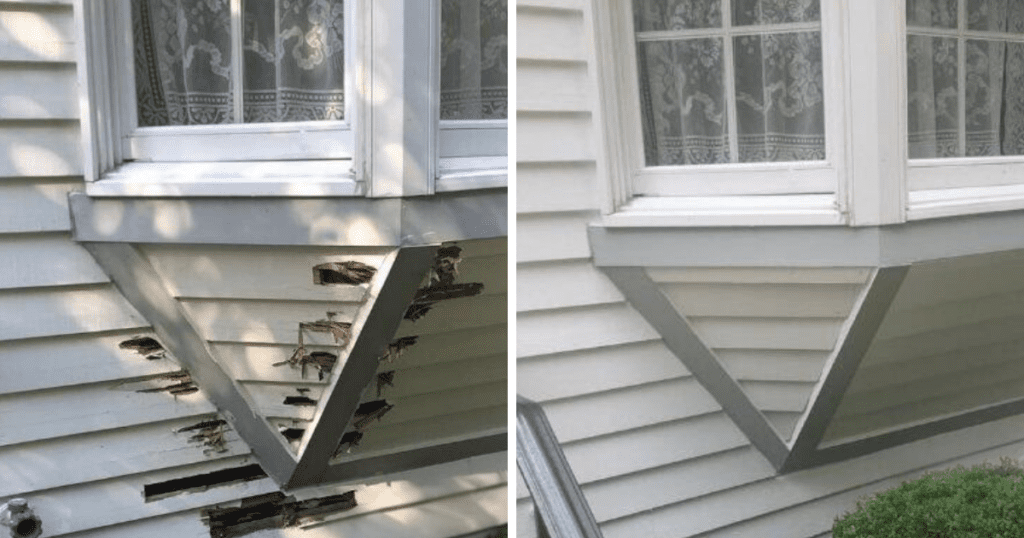
The Impact of Your Home’s Substrate on the Best Time to Paint
The material, or substrate, of your home’s exterior plays a key role in determining the best time to paint. Different surfaces react differently to weather conditions, which can impact how well the paint adheres and lasts.
- Wood Siding: Wood is highly sensitive to moisture and needs ample time to dry out before painting. It expands and contracts with changes in humidity. Fall is an ideal time to paint wooden exteriors. The moderate temperatures and lower humidity in fall help the paint adhere better, reducing the risk of cracks or peeling that can occur with extreme cold.
- Stucco: Stucco surfaces don’t retain moisture as long as other materials, allowing them to dry faster and making them more adaptable to variable conditions. This flexibility means we can confidently paint stucco later in the season, with fall offering the ideal balance of mild temperatures and dry weather for a smooth, durable finish.
- Vinyl Siding: Vinyl is less porous than wood or stucco but still needs the right temperatures for painting. Too hot, and the paint may dry too quickly, resulting in cracking; too cold, and it won’t adhere properly. Fall’s consistent, mild temperatures are ideal for ensuring a smooth, even finish on vinyl siding.
- Metal Surfaces: If your home features metal siding or trim, temperature and moisture are critical factors. Paint won’t adhere well to metal in cold or wet conditions, and improper timing can result in rust or peeling. Fall’s dry weather reduces the risk of moisture-related issues, making it a perfect time for metal surfaces to be repainted.
Choosing the right time to paint based on your home’s substrate ensures that the paint not only looks great but also provides long-lasting protection.

Why Choose A.G. Williams for Your Fall Exterior Paint Job?
At A.G. Williams, we bring decades of experience and deep familiarity with the unique climates across Westchester, Putnam, and Fairfield counties. From coastal areas dealing with salt air and fluctuating temperatures to inland neighborhoods with more stable conditions, we tailor each project to your home’s specific environment. Our team ensures long-lasting results by using the right materials and techniques for each location, accounting for temperature, moisture, and wind exposure.
Our expert team meticulously plans every detail of your exterior paint job to provide a high-quality, durable finish that will protect your home year-round. Whether your home is exposed to the elements by the water or enjoys more stable inland conditions, we know how to ensure it stays beautiful and protected.
Don’t Wait Until It’s Too Late
Fall is the perfect time to tackle your exterior painting project before winter’s harsh conditions set in—especially for coastal homes facing moisture, wind, and fluctuating temperatures. Waiting too long can lead to damage and costly repairs.
Contact A.G. Williams today to schedule a consultation and take advantage of the remaining fall season. With our local expertise and proven results, we’ll ensure your home is beautifully protected across Westchester, Putnam, and Fairfield counties for years to come.